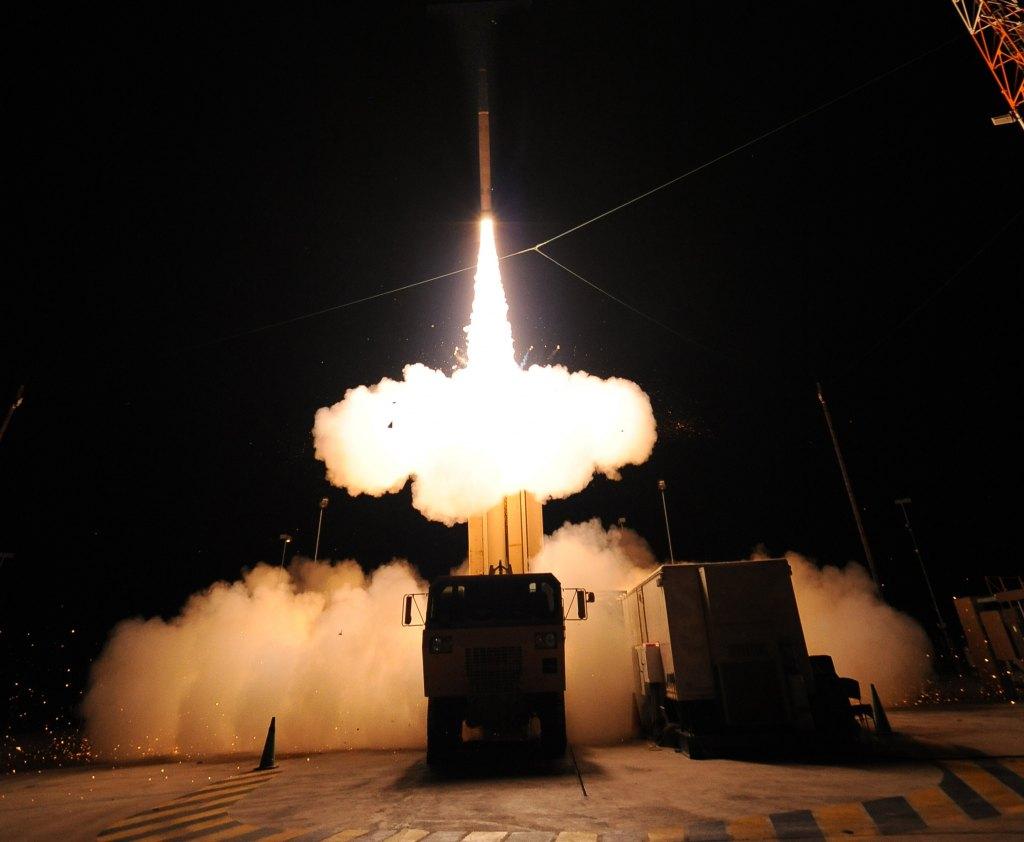The first phase of the missile defense system deployment possesses something of a “preparatory” nature. The main task at this stage is to work out the warning and target designation systems, and to organize interaction between command instances. The third and the fourth phases of deployment of the missile defense system in Europe are going to be the most dangerous.
During the second stage of the missile defense system deployment, no cardinal changes are expected. The southern flank will still remain the “center of gravity”. In the Mediterranean Sea the group of Aegis class warships capable of intercepting ballistic missiles is growing in force. In addition, it is planned to deploy the first land mobile battery equipped with SM-3 Block I missiles and the SPY-1 radar until 2015. It will be set up in Romania in the Devesolu base.
At this stage it is also planned to position an improved version of the SM-3 Block Ib missile, which will be equipped with a modernized infrared homing head. With this modification as well as the radar in Turkey, the missile defense system will be able to intercept single launches of medium-range missiles targeted at Eastern and Central Europe from Iranian territory. In the event of a possible conflict, NATO military bases may be the targets.
Rapid growth in the capabilities of the missile defense system is expected to occur after 2015. During the third phase it is planned to deploy the sea- and land-based SM-3 Block IIa missiles, and the ground complex with SM-3 missiles and the SPY-1 radar in Poland near the Baltic Sea coast.
However, the possible installation of missile complexes and the Aegis class radar in the North of Europe and especially the Aegis class warships in the Northern Seas – the Baltic, Norwegian and Barents Seas – may threaten the potential of Russia’s strategic nuclear forces.
Under certain circumstances, the Aegis class warships and ground facilities located in the North could intercept missiles – launched from bases of the strategic missile forces in the European part of Russia and from the Northern fleet submarines – aimed at targets on the territory of the United States.
These possibilities will only grow after the deployment of the SM-3 Block IIb missiles during the fourth phase. The group of Aegis class warships in the Atlantic will increase in number up to 20 ships. These ships will be based in Spain and the UK, and in the latter case they can be quickly redeployed to the Barents and Norwegian Seas.
However, it should be noted that even in its “fullest” form (including a base in Poland and ships in the Northern Seas) the missile defense system for Europe will be extremely limited in its ability to intercept Russian missiles. It should be taken into account that ships in the Northern seas cannot represent a “shield against Iran” in principle.
Even if Iran creates an intercontinental ballistic missile in order to hit targets on the territory of the US, its flight trajectory over Scandinavia and the adjoining waters will take place at an altitude of more than a thousand kilometers, which eliminates the chance of it being intercepted by an SM-3 missile. At the same time, the Russian missiles launched from, for example, bases in the Kaluga and Tver regions – and all the more so from the Northern fleet submarines – will not have time to gain such a high altitude.
Right now, the missile defense system for Europe for the most part remains on paper, and even the fate of the Polish base is not fully defined yet. In case of Barack Obama’s victory at the presidential elections in the US, it is not excluded that this decision, as well as the plans for the Aegis class warship deployment in the seas of Northern Europe, will be revoked.
The “center of gravity” of the missile defense system will still remain in the South. In this case, new launchers and radars can appear, for example, in Bulgaria. Such a solution will provide protection from Iran and will not in the least threaten the potential of the Russian strategic nuclear forces.
However, if events go in another direction, and the transfer of activities to the North becomes a reality, then Russia’s adequate response will be quite natural. The deployment of “Iskander” complexes is only one of the possible measures.
If an agreement with the United States cannot be achieved, a complete revision of the existing security system in Europe will become real, and it may even include Russia’s quitting of the Treaty on Conventional Armed Forces in Europe (CFE Treaty), which is currently under a moratorium. As an emergency measure, Russia can withdraw from the treaty on the elimination of medium- and shorter-range missiles and the Strategic Arms Reduction Treaty (START-3).










